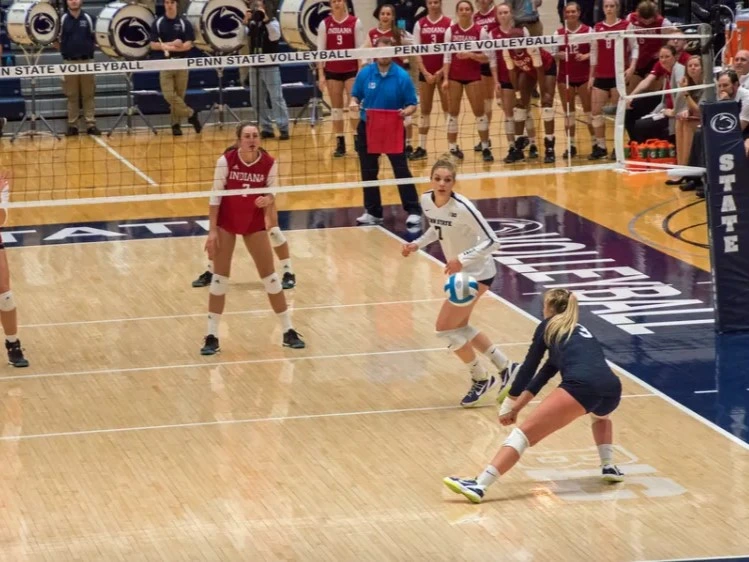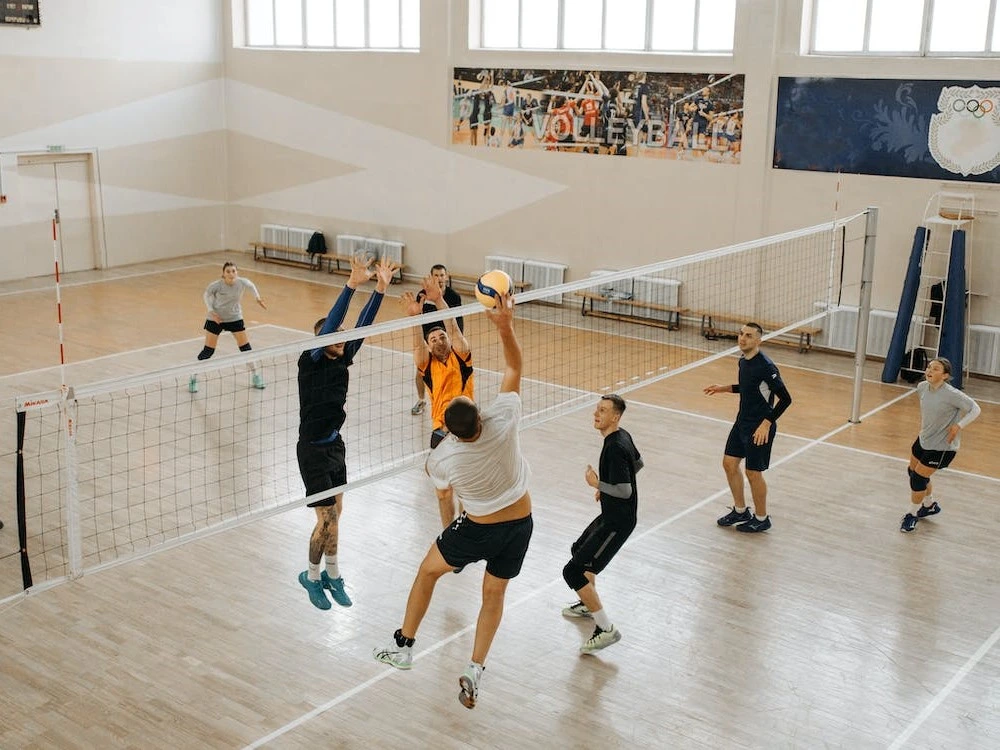Volleyball has become one of the fastest-growing sports worldwide, and with 2025 bringing new training methods, athletes need smart practice routines to stay ahead. Whether you’re just starting out or already competing at a professional level, the right volleyball drills can boost your performance, sharpen your skills, and improve your game consistency.
Why Volleyball Drills Matter in 2025
Drills are more than repetitive movements; they’re the foundation of strong gameplay. Modern training combines technique, agility, and mental focus. With technology like a volleyball spike trainer and personalized programs designed by a volleyball coach, players can now practice with precision and measurable progress.
Volleyball Drills for Beginners
If you’re new to the game, simplicity and repetition are key. These beginner-friendly volleyball drills will build confidence while ensuring proper technique:
- Wall Passing Drill: Stand two feet from a wall and pass the ball continuously. This develops control and accuracy, perfect for early stages of volleyball practice.
- Target Passing Drill: Place a hoop or marker and practice directing passes toward it. One of the most effective volleyball passing drills for beginners.
- Toss & Pass Partner Drill: A partner tosses the ball underhand, and you focus on proper platform and footwork.

Volleyball Drills for Pros
Professional players need fast-paced, high-intensity drills to sharpen reflexes and elevate court performance. Some advanced volleyball drills include:
- Jump Serve Accuracy Drill: Practice serves aimed at specific zones, improving power and precision.
- Quick Transition Drill: Move from defense to offense rapidly, simulating real-match scenarios.
- Block & Cover Drill: Train blocking at the net while teammates cover the rebound, building both teamwork and defense.
Volleyball Workouts to Enhance Performance
Strength and conditioning are the backbone of elite-level performance in 2025. To play at your peak, you must balance endurance, explosive power, and injury prevention. Modern volleyball workouts blend traditional fitness with functional movement training, giving players the stamina and agility needed for fast-paced matches.
- Plyometric Box Jumps: Explosive verticals are crucial for spiking and blocking. Regular box jumps increase leg power and improve quickness at the net.
- Resistance Band Training: Shoulders endure constant stress in volleyball. Resistance bands strengthen rotator cuffs, build stability, and help prevent overuse injuries.
- Core Circuits: A strong core provides balance for serves, passes, and mid-air spikes. Planks, Russian twists, and stability ball drills enhance control and reduce fatigue.
- Agility Ladder Workouts: Quick footwork is vital for defense. Ladder drills improve reaction time, speed, and coordination.
- Medicine Ball Slams: These mimic the explosive power needed in serves and spikes, enhancing upper-body strength and timing.
- Endurance Conditioning: Interval sprints and jump rope routines build cardiovascular endurance, ensuring players can maintain energy deep into long matches.

By combining these exercises, athletes can build a complete fitness foundation making them faster, stronger, and more resilient throughout their volleyball practice sessions.
The Role of Coaches & Training Tech in 2025
The game has evolved beyond traditional methods, and in 2025, performance is maximized when human expertise meets advanced technology. A skilled volleyball coach remains the most valuable asset teaching discipline, correcting form, and building team chemistry. But today’s top athletes are also harnessing cutting-edge tools to gain a competitive edge.
- Volleyball Spike Trainer: This device allows players to repeat hitting drills with precision, refining timing and technique without always needing a setter.
- Wearable Performance Trackers: Smart sensors now measure jump height, reaction speed, and fatigue levels, giving players and coaches real-time insights to adjust training.
- AI-Powered Video Analysis: Coaches use AI to break down every move, highlighting errors in footwork, serve mechanics, or positioning that players might miss on their own.
- Virtual Reality Training: VR simulations help athletes practice decision-making under pressure by recreating real-game scenarios in a controlled environment.
- Customized Training Plans: Technology allows coaches to design workouts based on a player’s strengths, weaknesses, and goals, ensuring progress is measurable and targeted.
Read our blog “How Many Sets in Volleyball & Match Rules”.
Conclusion
Whether you’re learning the basics or pushing for a professional career, the right volleyball drills make all the difference. Beginners should focus on control and consistency, while advanced athletes refine power, speed, and precision. With modern training methods, volleyball in 2025 is more exciting than ever.
Wall passing, target passing, and partner toss drills help beginners improve control and accuracy.
For improvement, practice 3–4 times a week with a mix of passing, serving, and conditioning.
Not always. While a ball is enough for many exercises, tools like a volleyball spike trainer can enhance progress.


